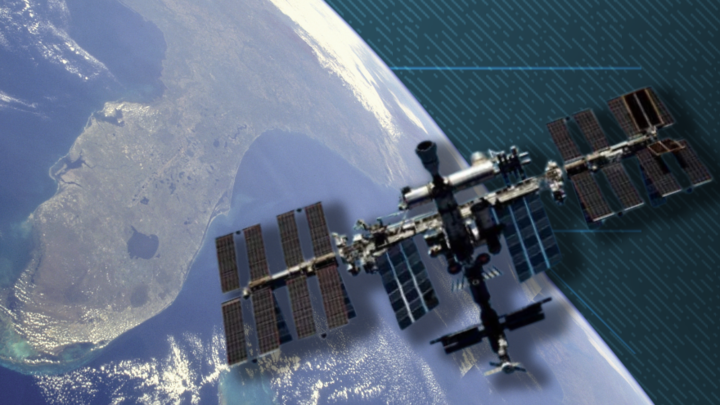A piece of the International Space Station hit a house in Collier County, Florida on the evening of April 15.
The cylindrical object fell from the sky and punctured the roof of the home.
“It was a tremendous sound. It almost hit my son. He was two rooms over and heard it all,” homeowner Alejandro Otero told WINK News. Otero told the news station he was out of town when his son called to tell him what had happened.
“Something ripped through the house and then made a big hole on the floor and on the ceiling,” said Otero. “When we heard that, we were like, impossible, and then immediately I thought a meteorite.”
“I was completely in disbelief. What are the chances of something landing on my house with such force to cause so much damage,” he continued. “I’m super grateful that nobody got hurt.”
NASA examined the object at the Kennedy Space Center and confirmed its origin.
“In March 2021, NASA ground controllers used the International Space Station’s robotic arm to release a cargo pallet containing aging nickel hydride batteries from the space station following the delivery and installation of new lithium-ion batteries as part of power upgrades on the orbital outpost. The total mass of the hardware released from space station was about 5,800 pounds,” NASA said in a statement. “The hardware was expected to fully burn up during entry through Earth’s atmosphere on March 8, 2024.”
The agency ultimately concluded that the object was a stanchion from NASA flight support equipment. It is made of Inconel, an alloy metal, and weighs 1.6 pounds.
“The International Space Station will perform a detailed investigation of the jettison and re-entry analysis to determine the cause of the debris survival and to update modeling and analysis, as needed. NASA specialists use engineering models to estimate how objects heat up and break apart during atmospheric re-entry,” said the federal agency.
The International Space Station is scheduled to be retired in 2030. The structure has been operated since 1998 through a collaboration between the United States, Russia, Europe, Japan, and Canada. It has been continuously occupied since November 2000.
NASA announced in January that it was examining several avenues for the space station’s retirement and was still working to determine the best way to remove the structure from orbit. One option is to disassemble the space station while it is still in orbit and let the parts “decay naturally before randomly re-entering Earth's atmosphere,” according to USA Today.
The International Space Station is 356 feet from end to end – roughly the size of a football field.

